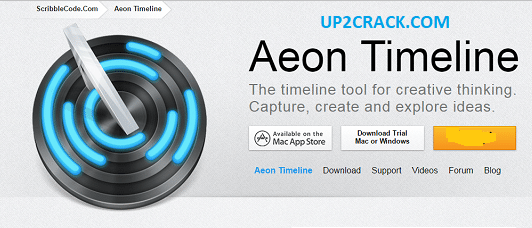
It won’t be added to the narrative until you explicitly do so. When you add an event to the spreadsheet, timeline, subway or relationship view, it will exist in theĭate/sequential order. The views that use the Narrative order are: Narrative and The views that use Date/Sequential order are: Timeline, Spreadsheet, Relationship
#Aeon timeline project management free
To present to a court room from the timeline of evidence, or planning a lecture from a historicalĮach view in Timeline 3 (excluding the free form MindMap View), uses either Date/Sequential order or

Where a narrative describing a situation needs to be formed, for example, planning the narrative of a case Furthermore, not only is it useful in for story writing, but can be used in any context Without polluting to the narrative of your story.Įvents can appear in your narrative that don’t make sense to chronologically track in the timeline (eg.ĭream sequences). Stories that are non-linear, involving flashbacks or time travel will benefit from the ability to view andĬreate both the chronological order of events and the order they occur in the story.įurther world building can be mapped out on the timeline, such as backstories or contextual world events, There are multiple benefits to have two distinct orders for your events. This can be helpful for people who have moreĮvents to plot then will eventually appear in the narrative of their story.

Events and other itemsĬan potentially only exist in just one order, or exist in both. The events areĬontained in a hierarchical structure with the ability to give labels such as “Part”, “Chapter” and “Scene”.ĭate/Sequential and Narrative order are not just different ways to order your events. Narrative order is a structured order for events which is independent of their dates. It canĬontain a mixture of events with dates and without, but will always display the order in which the events
#Aeon timeline project management manual
This is sorted by the date of an event if itĮxists, and otherwise by a manual ordering to determine the sequence in which the events occur. People who are telling non-linear stories it can be helpful to have your events ordered differently.ĭate/Sequential order is a chronological order of your events. Often these will be the same, or you may only need to use one or the other, however for Timeline 3 contains two different ways of ordering events and other items, date/sequential order and Sort your data and their relationships before plotting out your timeline. Mindmap view allows you to create a free form map showing connections between entities and events. YouĬan use it to map out your story or timeline, showing how certain plot threads or character lives intersect. Subway view illustrates how events connect with characters, story arcs and other entities across time. Outline view gives a simple tree-like table view of your narrative, allowing for quick data entry and

Its chronological order to allow for non-linear storytelling. Structure yourĮvents into folders such as chapters or scenes and organise your story order.

Narrative view allows you order and structure your events independently of their dates. Quick data entry and editing of events without having to worry about navigating through the timeline. Spreadsheet view is a simple table that contains events and their associated information. Along with Timeline View and Relationship View, there are a number of new views in Timeline 3 that will


 0 kommentar(er)
0 kommentar(er)
